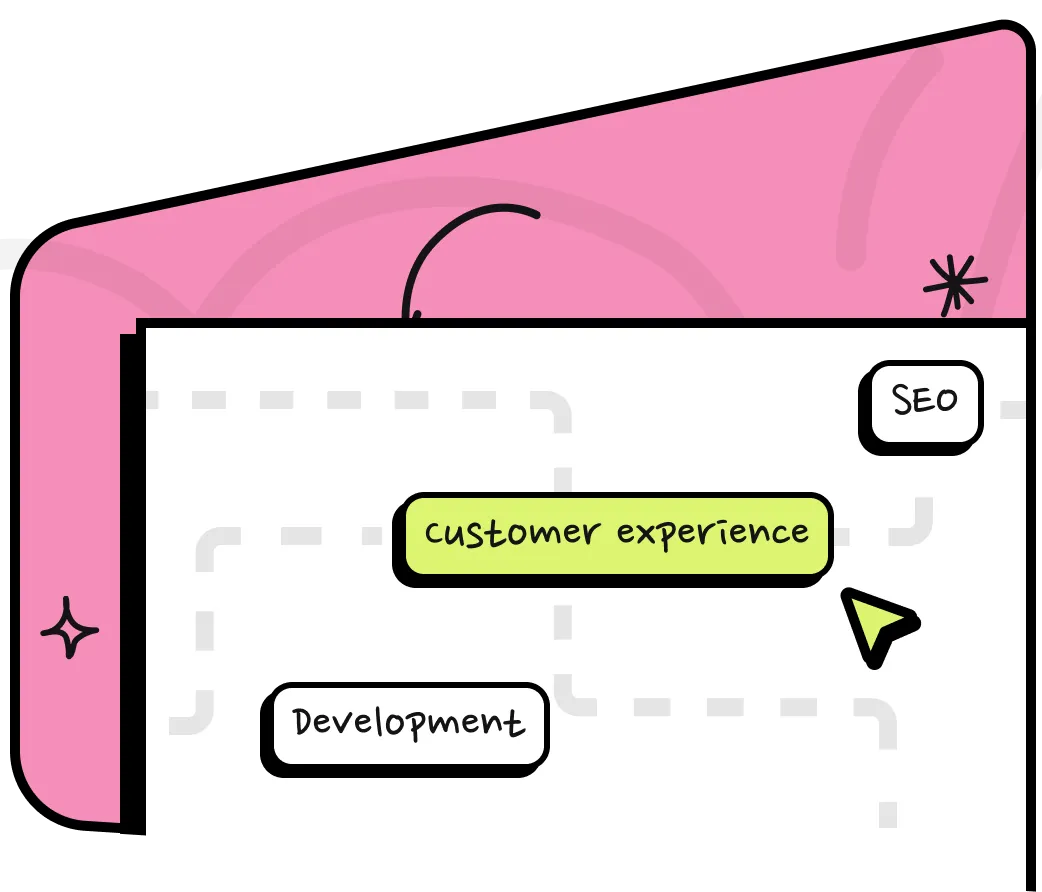Awards & Recognition
We are proud to be recognized for our excellence by important publications around the world.










Fine-tuning is a machine learning process that involves adjusting a pre-trained AI model to improve its efficiency on specific tasks. Rather than training an AI model from scratch, which can be costly and time-consuming, it refines an existing model with additional data to enhance it for a specific situation.






Fine-Tuning Technology Stack





We begin by understanding your business objectives and collecting relevant datasets, ranging from internal documents to customer interactions, to align the model with your specific needs.
Based on your use case, we select the most suitable open-source LLM (e.g., LLaMA, Mistral, Falcon) and preprocess your data for clean, efficient training.
We fine-tune the model using your curated data, then rigorously test and validate for accuracy, performance, and relevance, ensuring it performs exceptionally in your real-world scenarios.
“Thanks to their fine-tuning expertise, our domain-specific LLM now answers financial queries with near-perfect accuracy. We reduced manual data-cleaning work by 65% and response quality improved dramatically. Outstanding technical depth!”
“We needed a model that understood our product categories and customer language. The fine-tuned LLM they delivered boosted our product-recommendation accuracy and increased our conversion rate. Truly game-changing for our store.”
Tailor open-source LLMs to understand your industry, language, and workflows.
Use your own datasets to fine-tune models for higher relevance and accuracy.
Enhance performance with precision tuning—faster responses, better context, smarter outputs.



Sovanza offers top-tier Fine-Tuning Services, combining advanced AI models with expert customization and optimization. By utilizing our fine-tuning expertise, Sovanza helps businesses enhance the performance of their AI models, improve accuracy, and tailor solutions to specific workflows. We deliver scalable, high-performance solutions backed by strong technical expertise and global standards. Whether you need model optimization, AI agents, or custom AI applications, Sovanza ensures your fine-tuned models are efficient, reliable, and perfectly aligned with your business needs.




To deliver high-performing fine-tuned models, focus on domain-specific training, increased accuracy, smooth integration, and continuous performance optimization.
We fine-tune language models using your custom datasets, ensuring they understand industry-specific terminology, workflows, and use cases.
Tailoring models through fine-tuning leads to sharper intent recognition, more relevant outputs, and improved performance in targeted applications.
Designed to cover essential features with a focus on simplicity and functionality.
Built for scalable, high-performance projects with advanced features.
Tailored for large, fully customized solutions with advanced security and infrastructure.
Can’t find what you’re looking for? don’t hesitate to reach out!
Fine-tuning provides specific domain information to a pre-trained AI model to increase its accuracy and performance for a certain task. This strategy increases efficiency and decreases the requirement to create AI models from scratch.
Three fine-tuning techniques exist: full fine-tuning, layer-wise tuning, and parameter-efficient fine-tuning. Advanced approaches such as LoRA (Low-Rank Adaptation) help to cut computing costs while preserving model efficiency.
It allows firms to tailor AI models to their industry demands, resulting in greater accuracy and relevance. It improves decision-making, reduces errors, and ensures compliance with increasing rules, making AI solutions more effective in healthcare, banking, and retail industries.
Sovanza provides industry-specific AI solutions that optimize models for greater accuracy, efficiency, and scalability. Our expertise includes NLP, computer vision, and predictive analytics, ensuring that organizations in the United States get the most out of their artificial intelligence investments.
Yes. We ensure seamless integration of fine-tuned models into your applications, platforms, or workflows without disrupting your existing infrastructure.
We are proud to be recognized for our excellence by important publications around the world.




Build AI, blockchain, and growth systems that compound results.